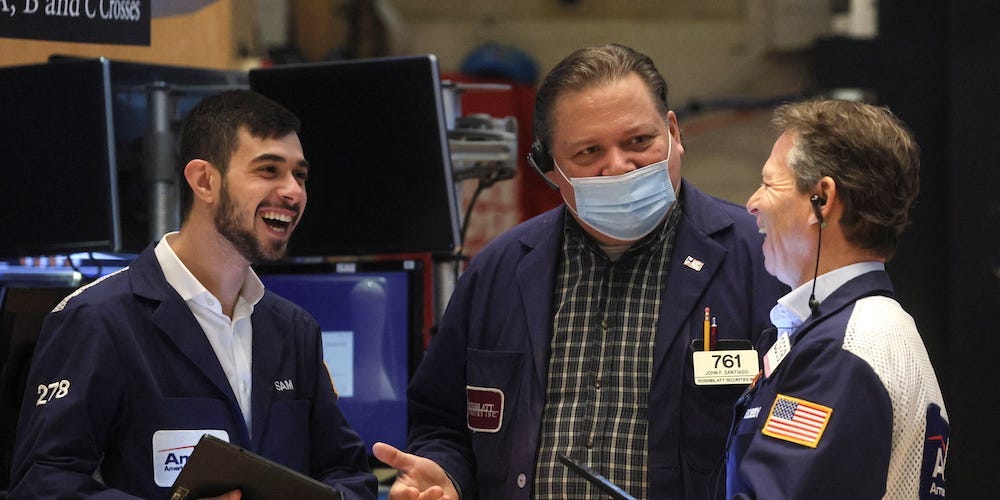The S&P 500 broke a seven-week losing streak last week, rising 6.6%. A “June swoon” summer crash now looks unlikely, according to LPL Financial. LPL shared three reasons for investors to feel optimistic that the bear market might be over. Loading Something is loading.
The stock market’s miserable year might be set to end as summer begins, according to LPL Financial — potentially bucking June’s reputation as a bad month for investors.
The broker-dealer, which manages assets worth around $1 trillion, said that last week’s strong market performance could set the tone for markets this summer. The S&P 500 rallied 6.6% to break a seven-week losing streak, while the battered Nasdaq 100, which is down around 22% year-to-date, rose 5.4% in the week.
“After the big bounce in late May, we wouldn’t be surprised at all if this recent strength continued into a potential summer rally,” LPL’s chief market strategist Ryan Detrick said.
A “June swoon” refers to the idea that markets always struggle at the start of summer. But stocks are up 1.4% on average in June over the past decade, making it the fourth-best performing month in that timespan, according to LPL.
“June has something for everyone, as it is no doubt a very weak month historically, but the past decade it has been strong,” Detrick said.
Detrick laid out three reasons that investors should be feeling a bit more optimistic as June kicks off:
1. Bull markets follow losing streaksSeven-week losing streaks are historically rare for the S&P 500. Before this year, the index had only posted losses in that many consecutive weeks three times – in 1970, 1980, and 2001.
Within a year of those first two downturns, the S&P 500 was up by over a third – rising 33.5% in 1970 and 33.4% in 1980.
The index had also risen by 5.5% three months after 2001’s eight-week losing streak, before the September 11 attacks drove a widespread sell-off. It had fallen by 0.2% a year after snapping its losing streak.
2. Large corrections lead to long-term ralliesBefore last week’s rally, the S&P 500 had fallen 18.7% in seven weeks. That looks like a typical stock market correction, according to LPL.
Detrick found that corrections of this size are normally followed by a significant S&P 500 rally. Previous corrections between 10 and 20% showed average gains of nearly 25% a year later and 40% two years later, he said.
3. Gains as big as last week’s aren’t seen oftenWhether it happens during a bull or a bear market , 6.6% rallies are rare. LPL found that the S&P 500 has only posted weekly gains of 6% or higher 25 times since 1950.
And that kind of performance tends to be followed by a larger breakout. The S&P 500 rises 22% on average in the 12 months after a 6% weekly rally, according to LPL.
“2022 has been a rough year for most investors, but we do see better times ahead,” Detrick wrote in his latest research note. “Last week’s bottom and rally could be the start of brighter skies ahead for investors.”
